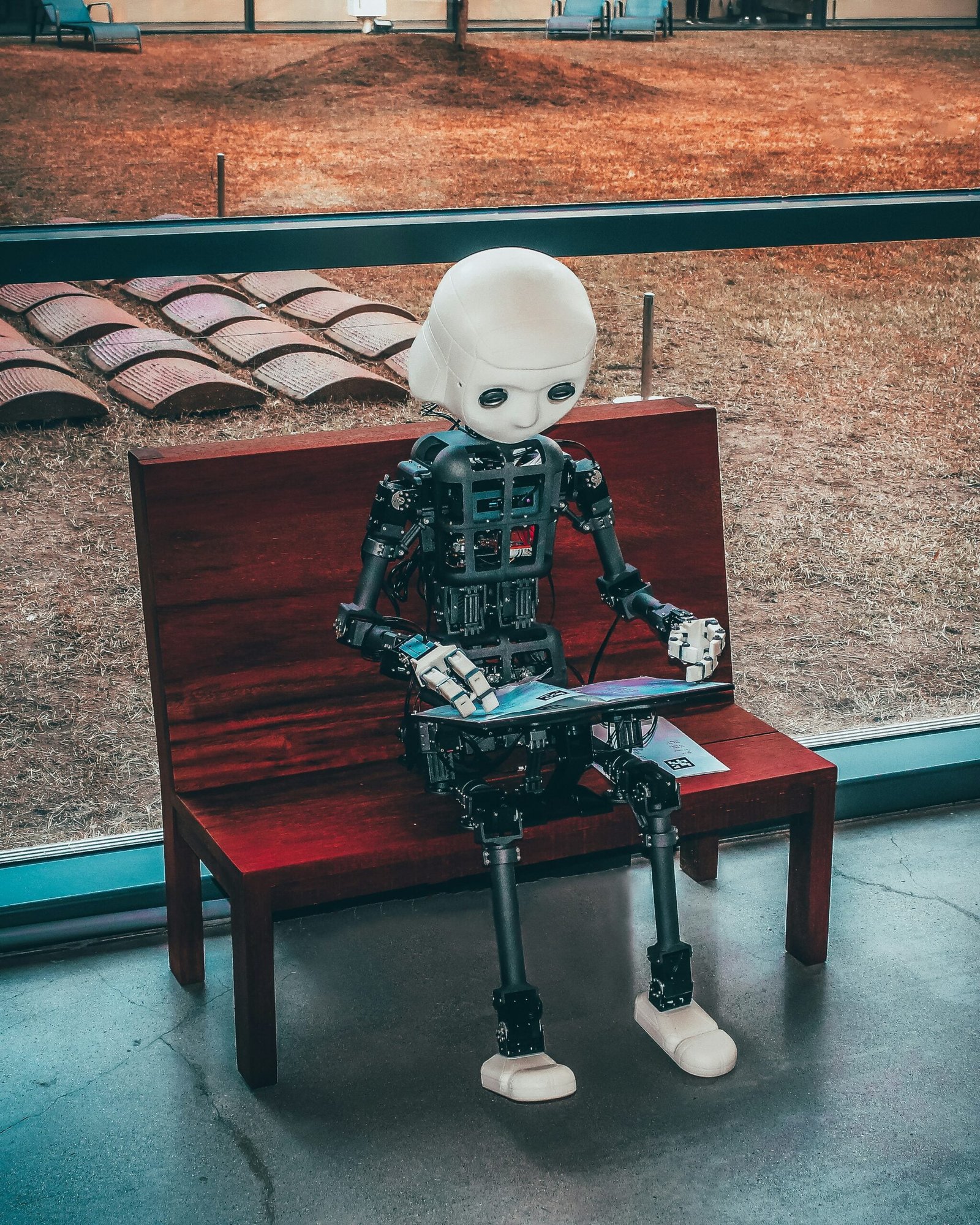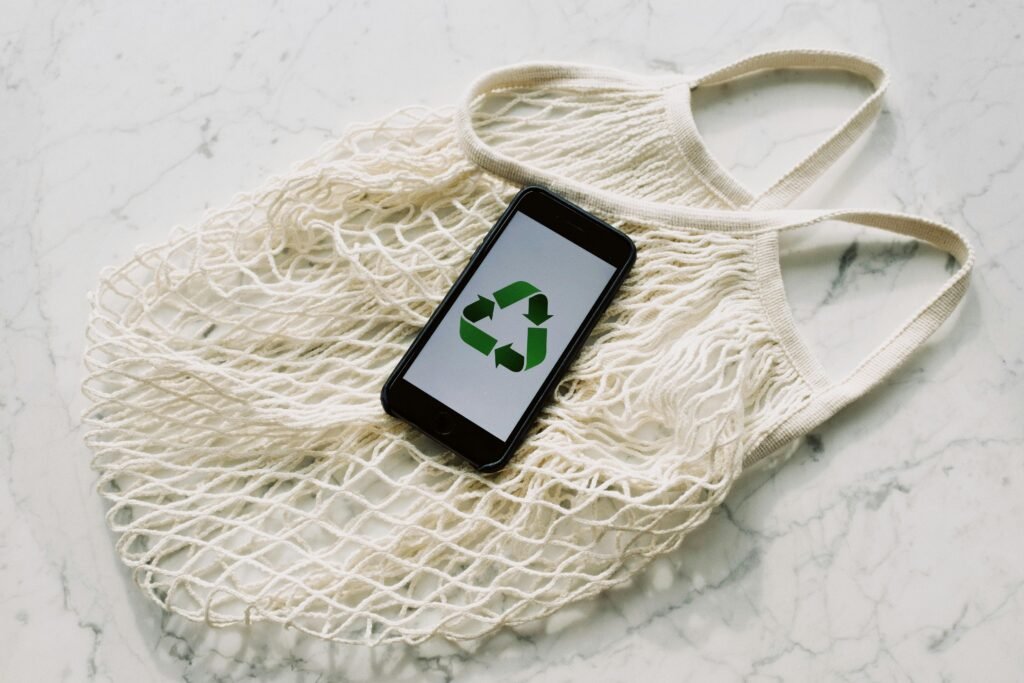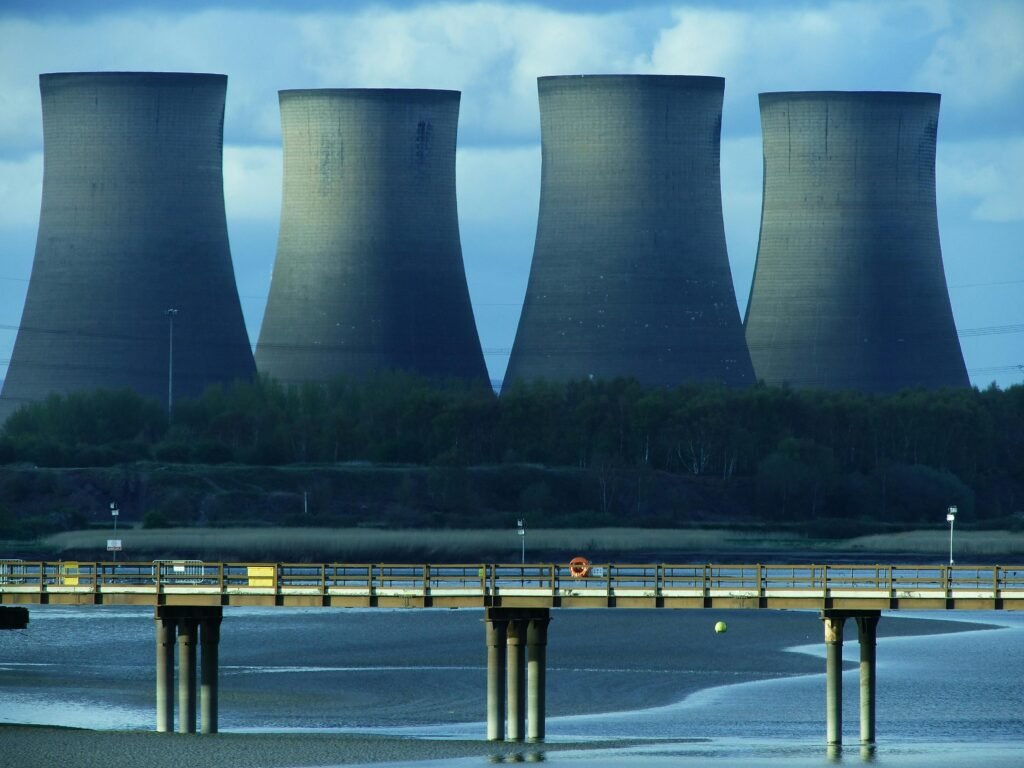What is Composting?
Composting is a natural process that transforms organic materials, such as kitchen scraps and yard waste, into a nutrient-rich soil amendment known as compost. This process is like nature’s recycling system through which microorganisms, comprising bacteria and fungi, act to break down organic matters under controlled conditions. Thus, converting the waste into a valuable resource. Following the proper methods of composting, any individual can put away their organic waste from landfills. It is possible to create such compost that enriches soil and supports plant growth, while improving gardening practices.
Actually, the principle of composting is very simple. It provides ideal conditions for the process of decomposition of organic matter. These conditions comprise the right proportion between carbon-rich materials, also known as browns, which include dried leaves, straw, or cardboard and nitrogen-rich materials, which are commonly referred to as greens. These include vegetable scraps, grass clippings, or coffee grounds. Enough aeration, moisture, and temperature help in the process of composting. Materials break down to a substance that, in time with proper care, will turn dark and almost crumbly and add value to the soil in one’s garden.
Composting has an extremely positive impact on the environment. This is because there is less organic waste that goes into landfills that generate much of the greenhouse emissions, particularly the one known as methane, an atmospheric component resulting from the decomposition of organic matter in anaerobic conditions. Besides that, compost improves soil health through its enhancement in structure, fertility, and water holding capacity. It therefore reduces the use of chemical fertilizers and favors healthy plant growth while creating biodiversity. Turning the kitchen wastes and the wastes from the yard into composts is not only a practice for a sustainable gardening system but also for a healthier planet.
Why Start Composting?
Composting is an environment-friendly activity, which has several benefits both to the environment and to individual homes. The largest advantage of the program is that it helps to minimize landfill waste. 30% of what we throw out comprises organic material that, of course, can be composted. Composting makes the load in landfills lighter because some waste is utilized for composting. So, landfills actually last longer. Not only does this reduce waste but also reduces related environmental problems, such as the formation of methane gas, an environmental pollutant that is also a dangerous greenhouse gas because it is produced in large quantities during the decomposition process of organic waste in landfills.
In addition to its environmental benefits, the composting process contributes toward soil health improvement. Through this process, the obtained compost is rich in nutrients, which improves soil structure and fertility. Gardeners and farmers, therefore, use compost, which fertilizes their soils, making their plants much healthier and yielding more crops. Compost makes the ability of plants to take more nutrients and develop a deep system of roots, making plants more resistant to drought as well as disease. That is why using compost is a very good method through which the use of chemical fertilizers is greatly reduced, saving household money while, at the same time, creating a healthy environment.
Consider the example of a small house garden. A family can start a composting program by collecting kitchen scraps such as vegetable peels, fruit waste, and yard clippings. for to nourish their vegetable crops. Along with sustainability, this activity develops an attachment towards nature. This can be one action that leads to highly meaningful benefits. Composting brings one several positive environmental impacts while developing healthier gardens and reducing reliance on commercial fertilizers.
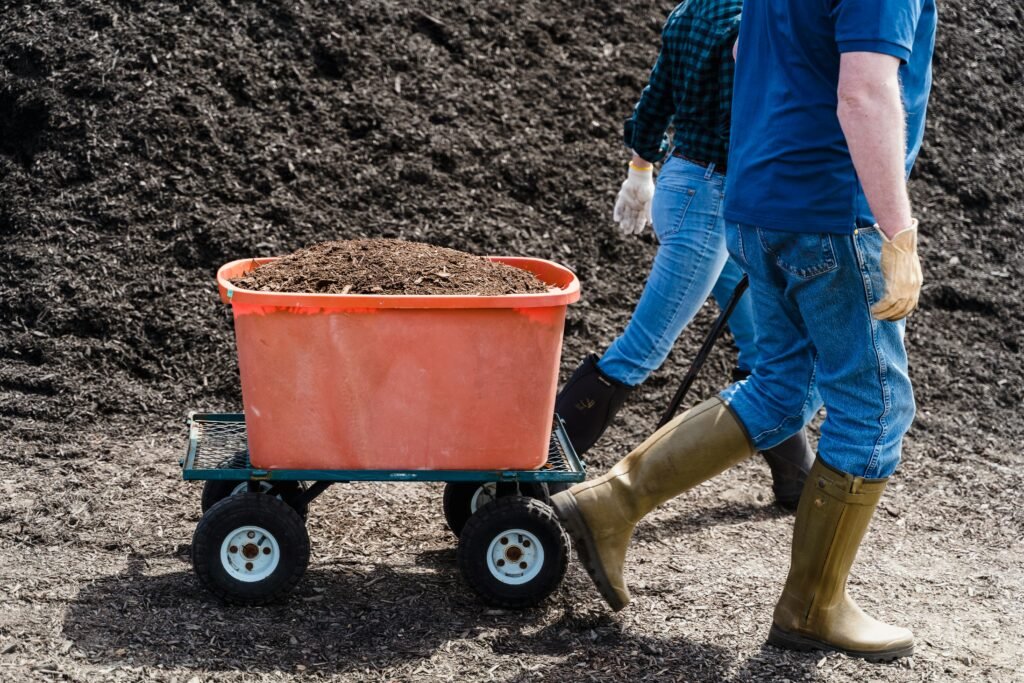
How to Start Your Own Compost Bin
Starting your own compost bin is the best step toward reducing your waste and promoting sustainable activities at home. To begin with, identify the right compost bin or container. This is the initial step to making sure your composting program runs as smoothly as possible. Among the options available are commercial bins and homemade versions, such as wooden pallets or wire mesh. An ideal compost bin is one that allows adequate airflow while keeping pests out. To choose the right one, consider size, material, and accessibility since these aspects will determine how effective your composting program will be.
Another thing that is crucial in composting is the location of your compost bin. Ideally, it should be set up in a dry and shaded area of your yard that is easily accessible for adding materials and turning the compost. The placement of the bin on bare soil is recommended as this allows microorganisms from the ground to enter the compost, helping in decomposition. Make sure that the place you select is close to the kitchen for easy access when it comes to the house’s kitchen waste.
Not all materials are considered good compost. Materials accepted are fruit and vegetable scraps, coffee grounds, eggshells, grass clippings, and dry leaves. A very essential point is balancing “green” materials, rich in nitrogen, with “brown” ones providing carbon. A general guideline here is to maintain three portions of brown to one green. Dairy, meat, as well as oily food particles should not be composted; they attract pests and are even smelly.
You have to turn your compost regularly, using a shovel or a pitchfork, to keep introducing air to it so it breaks down faster. It should be moist, but not wet. When too dry, add some water. If too wet, add some dry material. Proper maintenance will guarantee that you enjoy a successful experience in composting.
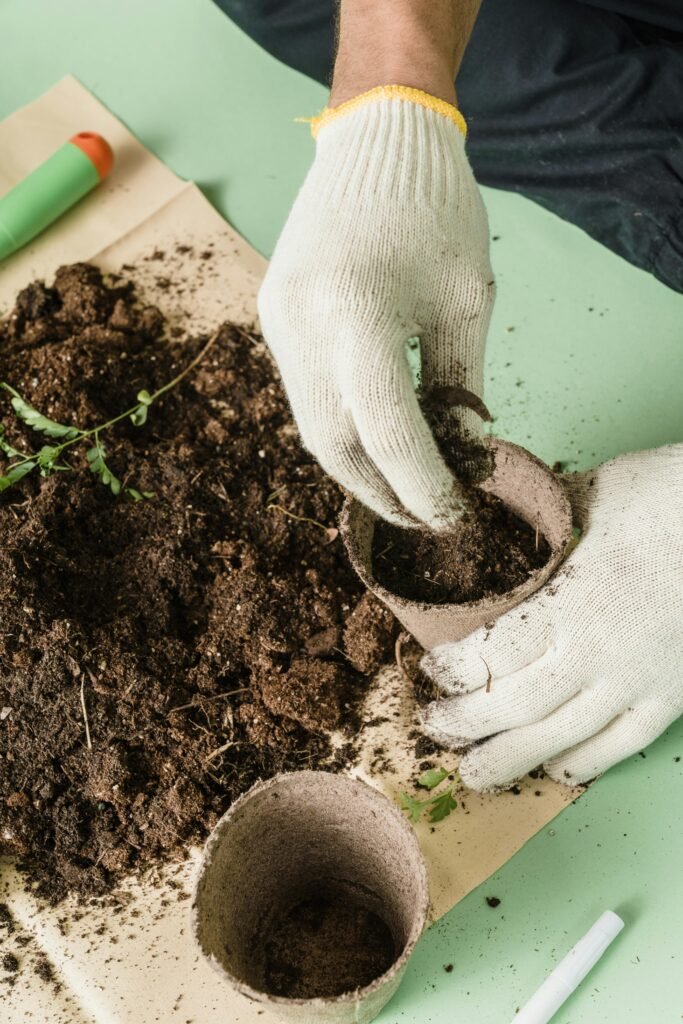
Using Your Compost in the Garden
Knowing how to apply finished compost properly will greatly increase productivity in your garden. Generally, if it is a well-prepared compost, then the color would be dark; it might look crumbly to the eyes; and will have a distinct earthy smell-that is when you know it is ready to be used. This whole process of composting-the transformation of raw organic material into nutrient-rich matter-would generally take anywhere between weeks or months, depending on conditions like temperature, moisture, aeration, and more.
There are quite a few ways to apply compost in the garden. You can directly mix it with the soil or just use it as a top dressing. For mixing the compost in the soil, you would have one part of compost with three parts of soil so the nutrient is evenly distributed. The mixture between the compost and the soil will make the soil healthier and stronger. It helps drain water well, and there is better growth of small bugs that are good. It helps plants grow by having rich soil.
Addition of compost to your flower beds causes plants to grow more and have more flowers on them. It will provide them with the nutrients to make them healthy and strong. Compost is really a great addition to vegetable gardens. It helps the soil stay healthy and moist, which is really important when it does not rain much. Mixing compost into the soil in the pots of potted plants helps them grow healthier and stronger, making their leaves look better.
In using compost well, you must know and consider how frequently you might use it. In reality, you are likely going to have to add your compost only once or twice a year in springtime or fall. This lets the plants slowly use up the nutrients in the compost. Spring is a time when plants are just emerging and require additional nutrients for growth. Fall is when plants are preparing for winter and storing nutrients for the following year.
So, adding compost in these seasons helps to support the plants’ growth and health. Using compost that has been covered with mulch prevents weeds from growing in your garden, keeps the soil moist, and controls its temperature from getting extremely high or low. This results in a good environment to plant your crops. Adding compost in your garden will allow your plants to grow bigger and stronger, and it also helps the environment.
Do share your thoughts by commenting below.

